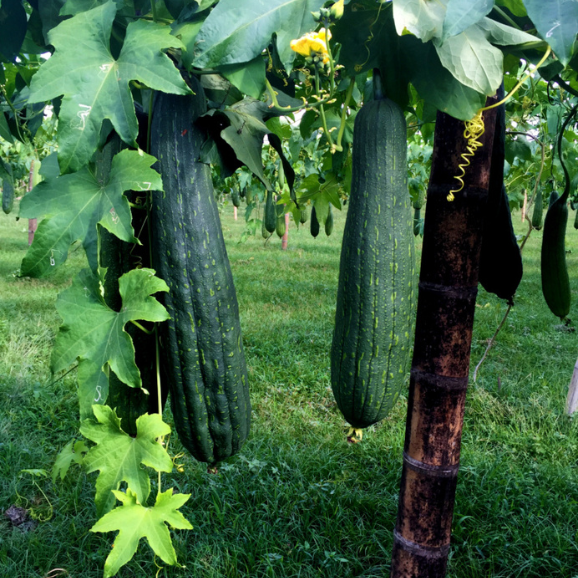People have been using loofah, also known as luffa or sponge gourd, for centuries for a variety of purposes. In ancient Egypt, Pharaohs used loofahs to gently exfoliate their skin. This practice soon spread throughout the Mediterranean and Asia, where it became a popular beauty tool.
Aside from its cosmetic benefits, loofah is also eaten as a vegetable in some countries like India and China. There it is prized for its health benefits and used in many dishes.
Loofah has served various functions throughout history. Prior to World War II, it was commonly used as a filter on ships due to its fibrous structure, which made it ideal for filtering water in desalination plants. Additionally, the gourd of the loofah plant was used to stuff pillows and for insulation because of its insulating properties.
Nowadays, loofah is mostly used as a natural exfoliant and sponge. People harvest the plant’s fibrous skeleton and leave it to dry in the sun. Once dried, it can be used to gently scrub away dead skin cells and promote healthy, glowing skin. Many people prefer using natural loofah over synthetic exfoliants because it is biodegradable and environmentally friendly. Loofah can also be cut into smaller pieces and used as a natural sponge that cleanses the skin without stripping it of its natural oils.
In conclusion, the loofah is a versatile plant that people have valued for its many benefits throughout history. From its use as a beauty tool to its modern-day use as an exfoliant and sponge, loofah remains a valuable and versatile plant that can be used in a variety of ways.

